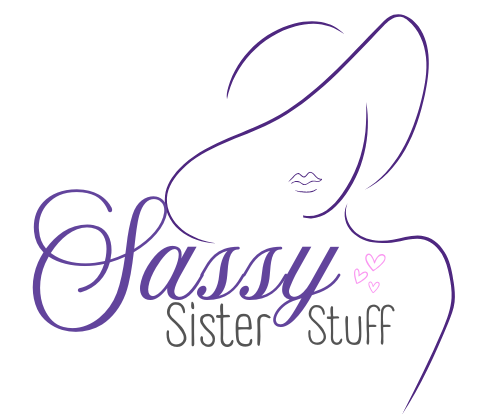8 Outdated Manners Experts Say Are Best Left in the Past and What to Use Instead
Ever noticed how some manners just feel awkward or unnecessary these days? Social rules keep evolving, and what was once polite can now come off as stiff or outdated.
Let’s look at a few habits that may not fit in with how we live and interact today.
Wearing white only after Labor Day

Maybe you have heard the advice about not wearing white after Labor Day. This rule started when white clothes were mainly for summer and symbolized wealth and vacation.
Now, no one really cares about this old fashion rule. White looks great any time of year.
White jeans or sweaters can brighten up your outfit in fall and winter. It is all about what feels right for you.
You do not have to follow outdated style guidelines. Wear what makes you happy and comfortable.
Addressing invitations with overly formal titles

There was a time when invitations always used titles like “Mr. and Mrs. John Smith.” That approach can feel stiff now.
Try using full names instead, such as “Emily Johnson and Michael Lee.” This feels friendlier and more current.
If someone has a professional title like “Dr.” or “Professor,” it is fine to include it, but you do not need to go overboard.
Avoid using combinations that do not fit modern relationships. Keeping invitations clear and simple helps everyone feel welcome.
Forcing hugs as a greeting

Some people love to hug, but not everyone is comfortable with it. Pushing a hug on someone can make things awkward.
Notice how the other person reacts before going in for a hug. If they seem unsure, a smile or handshake works just as well.
No one is required to hug, and respecting personal space is always the best choice.
Men always paying on dates

The idea that men should always pay on dates is fading. It comes from a time when women had less financial freedom.
Today, many people prefer to split the bill or take turns paying. This feels fairer and takes the pressure off both people.
Talking openly about who pays makes things easier. Do what feels right for you and your date, not just what tradition says.
Lowering your gaze when speaking

Looking down while talking was once seen as respectful. Now, it can make you seem unsure or distant.
Making eye contact helps people trust you and shows confidence. You do not have to stare, just keep your gaze soft and natural.
If eye contact feels tough, practice in comfortable settings. Meeting someone’s eyes helps you connect and be understood.
Using formal letter closings like “Yours faithfully”

Traditional closings like “Yours faithfully” used to be the norm in formal letters. These days, they can sound stiff or old-fashioned.
A simple “Sincerely” or “Best regards” works well and feels warmer. Save the most formal closings for legal or official letters if you need them.
For most emails or notes, a relaxed closing feels more genuine and friendly.
Asking women to remove hats indoors

There was a time when women were expected to take off their hats indoors. This rule is rarely followed now.
Many women wear hats as part of their personal style, especially at events. Unless a hat is blocking someone’s view, there is usually no need to ask someone to remove it.
Focusing on comfort and personal choice is more important than sticking to old-fashioned etiquette. Let people wear what makes them feel good.
Avoiding eye contact to show respect

In some families or communities, you might have grown up hearing that looking away during a conversation is a sign of respect. This belief comes from older traditions, especially in certain cultures or when speaking with people in authority.
These days, things have changed. Avoiding eye contact can sometimes make it harder to connect with others.
When you look someone in the eye, it shows you are paying attention and interested in what they say. If you tend to look away because you feel shy or uncomfortable, you are not alone.
For most people, making eye contact helps build trust. It also helps others feel heard and respected.
Instead of always looking away, try glancing at the person’s eyes now and then while listening. Finding a balance can make conversations feel more natural and comfortable for everyone.







